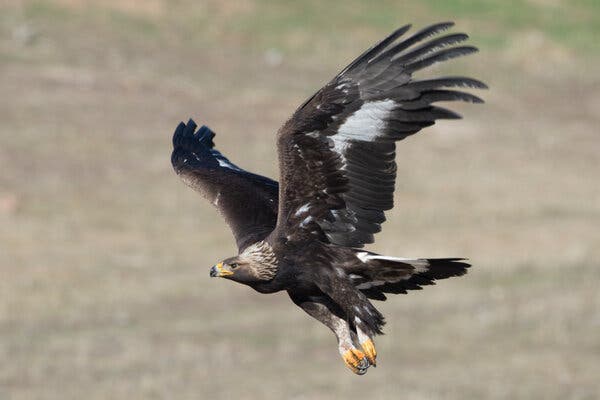The American tropics are uniquely blessed with birds. Thirty-six percent of the world’s 11,000 bird species live in the region south of the border between the United States and Mexico, more than in Asia or Africa.
That diversity is reflected in the national birds chosen to represent the countries of Latin America, from the slight southern lapwing — Uruguay’s avian symbol — to the 30-pound Andean condor, the national bird of four countries. Some birds carry Indigenous cultural importance; others were once ubiquitous in, or are endemic to, their countries.
But an increasingly common characteristic is a decline in their numbers, sometimes even in the nations they represent.
Golden eagle (Mexico)
Every child in Mexico learns the story: During nomadic times, the Aztecs had a prophecy that they should settle in a place where they saw an eagle eating a snake while perched on a cactus. That sighting led to the founding of the Aztec capital Tenochtitlan, later Mexico City.
